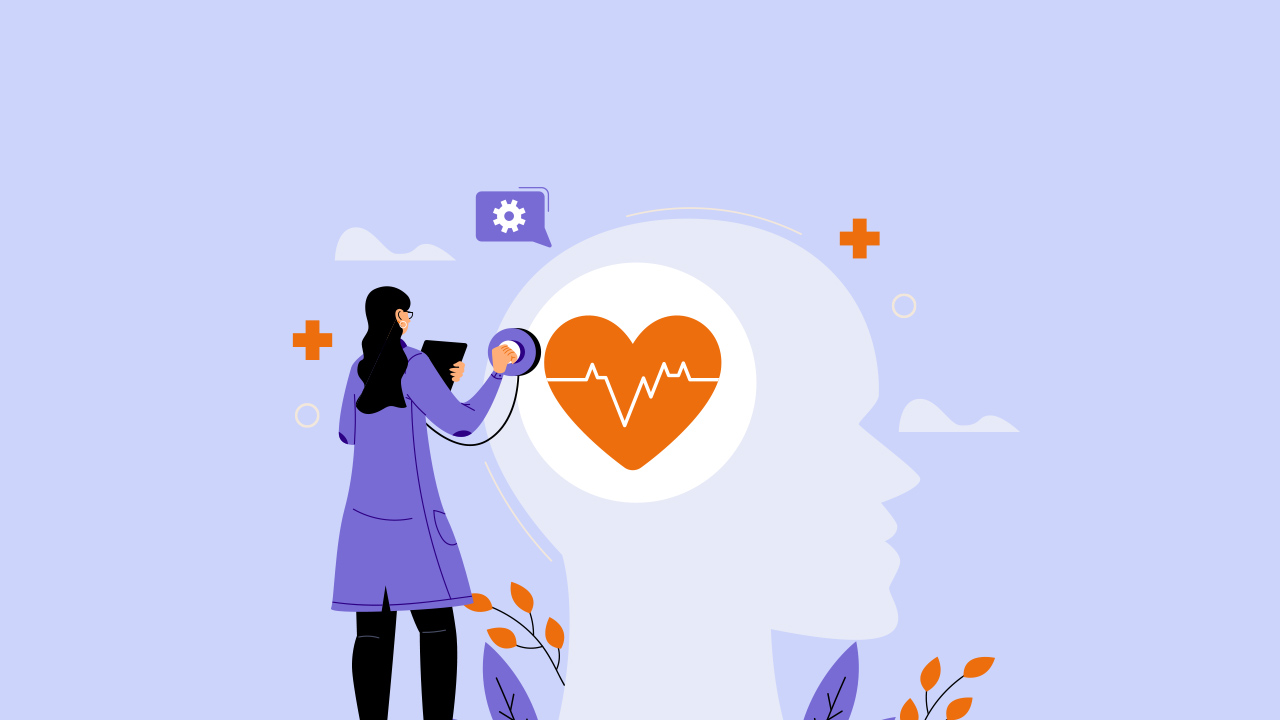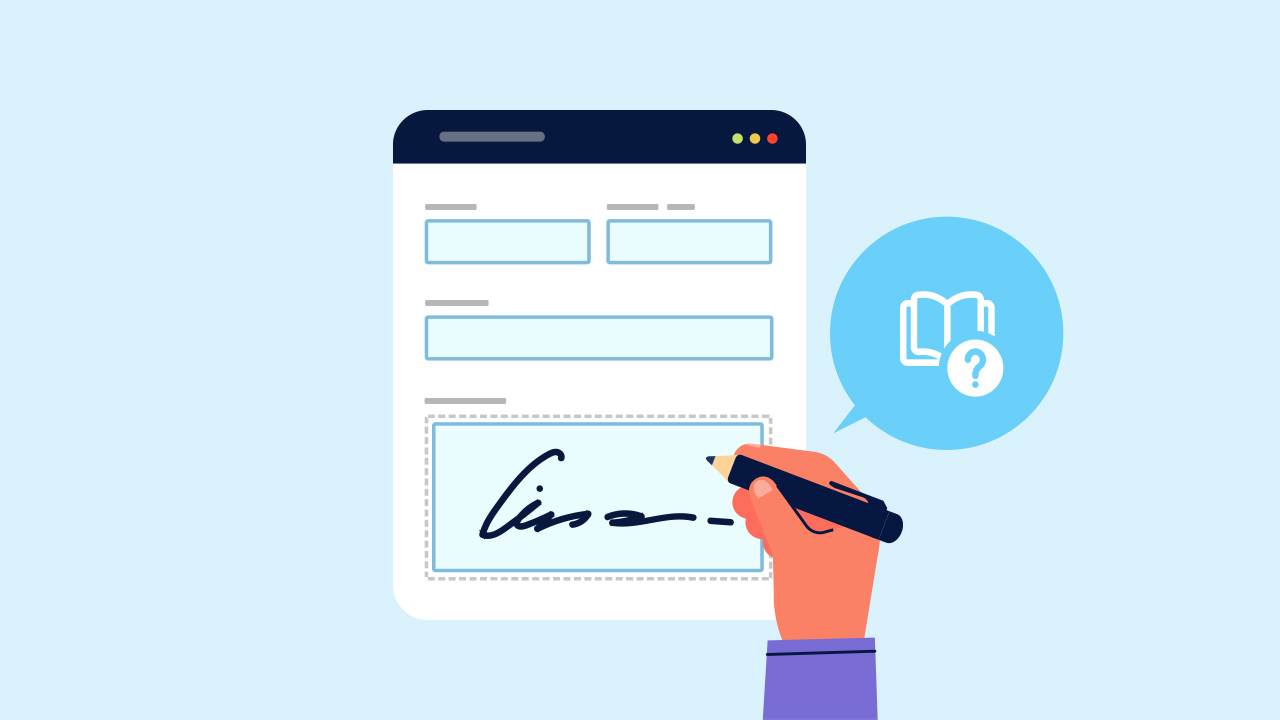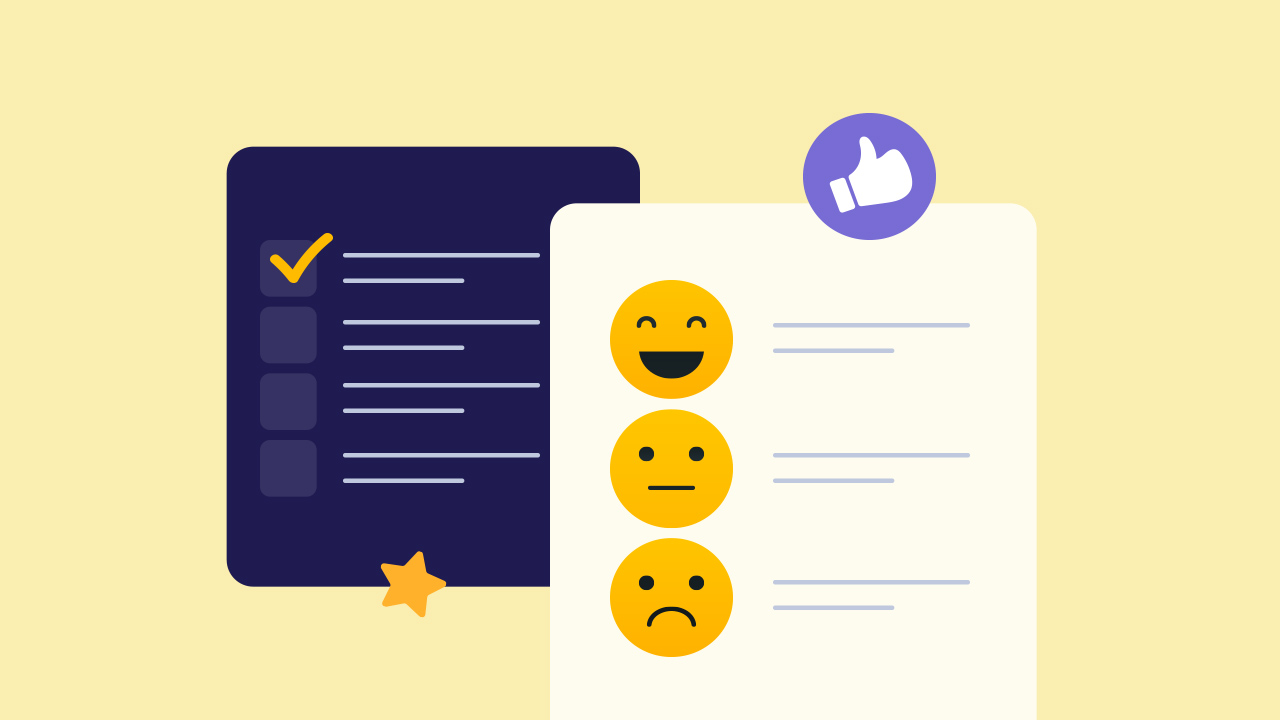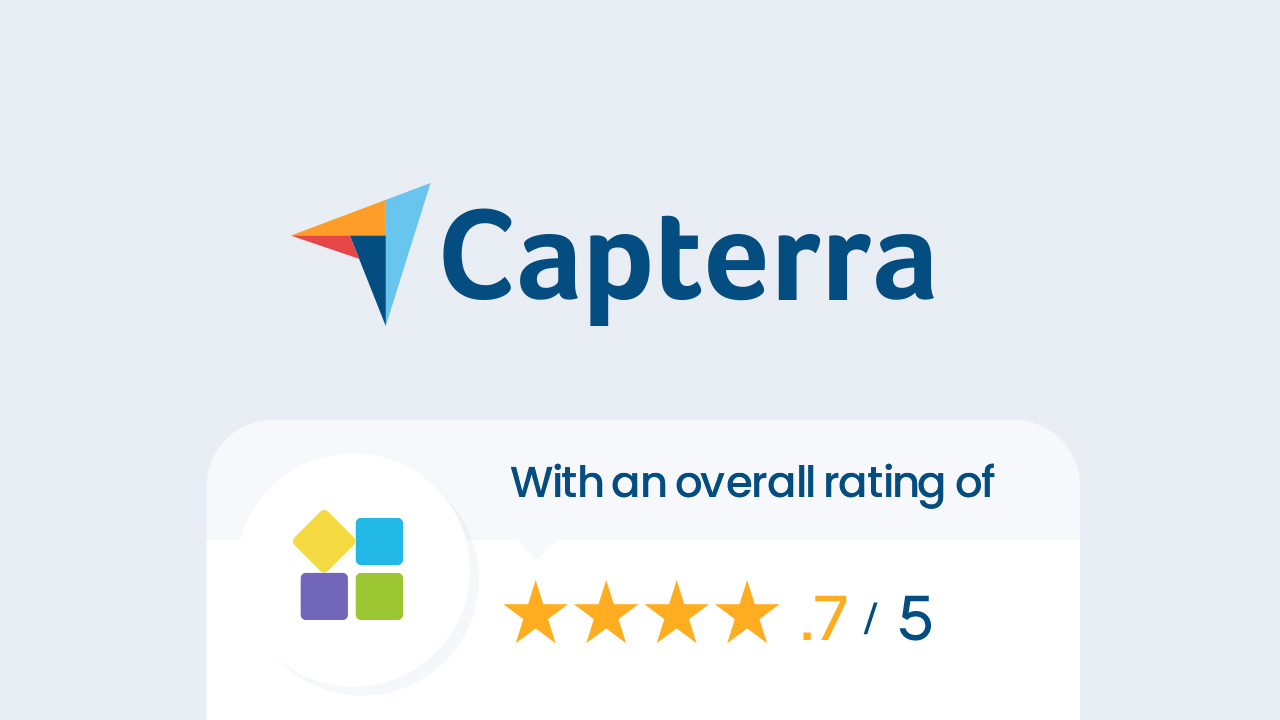
While the stigma and shame of mental health are still on the rise, companies are continuing to see the importance of mental health in the workplace. According to the United Kingdom Department of Health and the Confederation of British Industry, 15-30% of workers will experience a form of mental health during their working lives. In fact, these mental health problems can cause numerous illnesses and disabilities. Albeit mental health problems due to work stress are common, employees experienced increased mental health issues because of the global pandemic.
The importance of mental health plays a vital role in maintaining employee productivity. A happy employee works best—and excellence always leads to the success of company.
Table of Contents:
- Addressing mental health
- Programs that you can try to improve your employee’s mental health
- Why is mental health important?
- Building a healthy workspace
- Benefits of a healthy workspace
- Employees work at their best when they’re mentally healthy
- Improve your productivity with PlatoForms
Read more: The Best Productivity Blogs You Can Follow
Addressing mental health
To address mental health, some companies provided employee mental health programs such as webinars about meditation, yoga, and exercise—while others expressed their empathy towards their employees through curated gifts. Take Canva for example, a graphic design company based in Australia, which provided “mental health” kits for their employees. This has gained positive feedback not just from its employees, but from the public as well.
Other companies, such as Johnson & Johnson, provided a custom resilience app for their employees. This app uses behavioral science to decreased their stress–and also provides six covered therapies for their employees for a year.
Anxiety, depression, and other mental health issues may sound dramatic, but it shows how it can affect the productivity of the employees. Employees suffering from mental health cannot perform well in their tasks, let alone contribute to the expansion of business. Because the signs of mental health problems are sometimes difficult to see and subtle, as an employer, you might want to check these signs to know whether your employee is burned out or might be experiencing a mental health problem:
- Your employee frequently calls in sick.
- Your employee doesn’t communicate consistently, cooperate, and participate in activities.
- Your employee has been having a devil-may-care attitude recently.
- Your employee doesn’t perform well or doesn’t meet deadlines continuously.
- Dramatic changes in character and socializing.
While it’s impossible to diagnose people with these signs, you can always try to help your employees overcome mental health issues. As a company, you play a vital role in promoting a healthy workplace for your employees through employee mental health programs—you will not only boost a more productive workplace but also improve your business.
Why is mental health important?
Positive thinking is important for our overall well-being because it allows us to cope better with everyday stressors even if they aren’t too big. Good mental health allows us to recognize, express, understand, and control our feelings. Empathy helps people understand each other better and makes them feel less alone. It also gives them some basic cognitive and social skills they need for everyday life.
If we’re mentally healthy at work, then we won’t be stressed out by changes in our roles or responsibility. There’s no doubt that there are some challenging parts. It helps us thrive at work, cope with stress, and improve our resilience. It ultimately enables us to achieve our greatest potential. It’s essential for companies to encourage their employees to maintain healthy lifestyles. It will greatly improve your company’s performance, and it will benefit your business immensely. As for whether or not your company’s employee health improves by itself, the answer depends on the type of business you run.
Employee Health aims to help people and companies adapt and thrive during difficult times. To create an effective team culture, we must ensure our workplace fosters individual development and encourages collaboration among colleagues.
Programs that you can try to improve your employee’s mental health:

Promote the importance of health.
Including individual or group therapy for employees can help them de-stress from work. Aside from work problems, employees will also have the chance to tackle their personal issues that hinder them from working efficiently during individual or group therapy sessions. Aside from this, companies usually offer gym memberships that can encourage employees to exercise and prioritize their physical health.
Mindfulness programs.
Inviting health and wellness speakers that can conduct health awareness will indulge your employees from everyday work. Providing various wellness activities such as meditation, yoga, or other mindfulness activities can strengthen not just your employees’ mental health, but also their ability to focus on work.
Conduct engagement activities.
Engagement activities not just help your employees to take a break from paperwork and deadlines, but also boosts their involvement and cooperation in the team. Some activities that you can try for team engagement can be the following:
- Team-building activities
- Competition, tournaments, mini-contests
- Recognition programs
- Personal skills-based activities such as sports fest, and talent contests
- Team lunch or dinner
Since remote work has continued to increase since the global pandemic, engagement activities might be lessened and more difficult to implement. However, you can still provide online engagement projects such as team game nights and awards programs online.
Building a healthy workspace: Beyond the physical and mental

While employee mental health programs matter, it’s important to look beyond the programs and material rewards–a healthy workspace should start from within. Creating a healthy work environment for the betterment of your employees doesn’t just give a rewarding feeling, but also promotes good practice for mental health. Some of the good interventions include:
Promoting a work-life balance.
As an employer, it is important to let your employees know that you value their mental health through the fair contribution of workload. Encouraging over time and after work hours tasks promotes a toxic workplace. Engaging employees is not all about providing games and awards programs, but also giving honor to their personal time and space.
Encouraging your employees to work smart.
The culture of being “ridiculously productive” to achieve success has been a norm for some companies. While it is important to be productive at work every day, your employees don’t have to work hard to the point of exhausting themselves. Educating your employees about various techniques for productivity at the workplace can help them maximize their time and yield even greater results.
Read more: The Pomodoro Technique for Productivity: Does it Work?
Involving your employees.
Employees, when involved in decision-making, plotting ideas, and organizational activities, empower their confidence and trust in the company. People in general love to be recognized and employees are easily encouraged at work if someone believes in them.
Plot a culture of transparency and consistent communication.
More than anything, employees appreciate sympathetic ears. Promoting a two-way conversation can strengthen the employees’ trust in the company, and vice versa. Consistent communication will help you to know your employees better, and be emphatic with them.
Benefits of a healthy workspace
When you give them tools for managing their own stress, they’ll feel less stressed when they return to work and will therefore be more motivated to perform well. There are some things to think about if you want to adjust your sick leave or PTO policies for employees who need time off due to mental illness.
Create an environment where people feel comfortable talking openly about their mental health issues.
Make sure your staff knows that you’re there for them when they need help. Communicate any updates or changes regarding mental health awareness on your internal network, and update your employee’s policies regarding leaves of absence.
Don’t give answers unless asked for one.
There are different types of mental health days. Showing support means taking care of people when they need help. If someone asks whether they can take some days off, let them know that you’re happy to give them the time off but want to check up on their well-being before doing so. When someone needs to go see a therapist, tell them that you understand why they feel the way they do and would be willing to talk through any issues they might have. And finally, if someone has to leave early because something unexpected came up at work, don’t question why he/she left; just say “I hope everything works out.” If you think someone may be abusing the company’s policies, check their performance before meeting with them together.
After taking some time away from their jobs, follow up with them by sending an email asking if they’re okay.
Even though your employees might not be willing to talk about why they took a mental health day, there’s nothing wrong with checking up on them when they’re out of sight. If they feel tired, ask them whether they’d prefer some lightening up at work (e.g., taking less responsibility) or if there’s anything else you could help them out with. Even if they don’t, they might appreciate the thoughtfulness.
Employees work at their best when they’re mentally healthy—this is good both for the business and employee well-being. You can know if an employee is mentally healthy with these signs:
Active participation.
Whether adding new ideas or participating in activities, happy employees are more cooperative. They suggest things that can be improved, and engage with colleagues more often.
Love doing great work.
Mentally healthy employees love excellence—and do everything to achieve it. They love to produce great results that can help the expansion of their company. This includes being on time, meeting deadlines, and even going out of their way to provide efficient answers.
Employees who aren’t feeling well won’t perform at their best. Only when they’re ready will they be able to perform at their highest level and also encourage others around them. Happy workers tend to be healthier than unhappy ones, which makes them better role models for everyone else. Employees who feel healthy at their jobs tend to be happier than others. It also decreases employee absence rates. It shows that you care about their physical and mental health.
Motivated by a sense of excellence.
Happy employees don’t go to work just for the paycheck–they work because they’re motivated to contribute to the betterment of the organization.
While mental health problems in the workplace are inevitable, spreading awareness and making efforts to combat it can make your organization a healthier place to work. The happiest employees produce the most efficient results–that can lead to tons of benefits in the long term.
Improve your productivity with PlatoForms
Happy employees are most productive—maximize their productivity with a powerful online PDF software such as PlatoForms. Our features let you turn PDF into a fillable form, convert PDF to an online form, and create PDFs to web forms. Sign up today for a smoother and faster process in the company!




